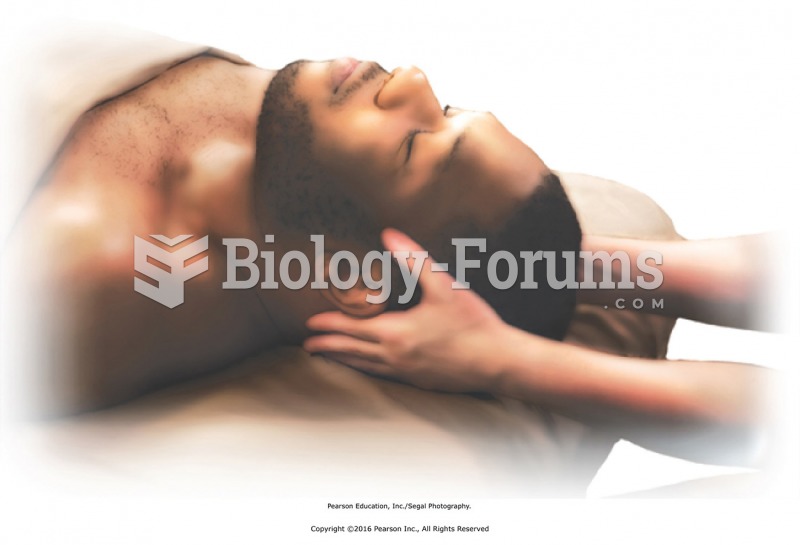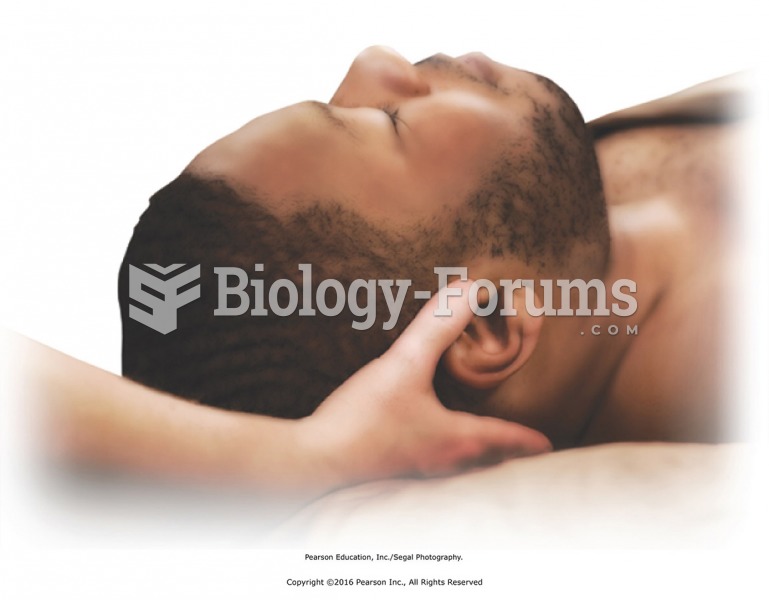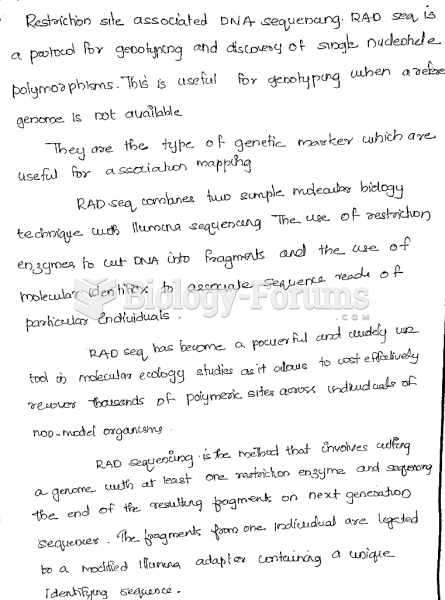Answer to Question 1
Cetaceans or whales of the Order Cetacea can be divided into the suborders Odontoceti and Mysticeti based upon the presence of teeth or baleen, respectively. In addition to having teeth for holding onto and orientating captured prey, toothed whales also have one external nasal opening or blowhole, while baleen whales have two. Both suborders rely upon echolocation to communicate and to find prey, but the ability to use sound appears to be better developed in the toothed whales. Toothed whales mostly feed upon fishes and larger invertebrates such as squids, while most of the baleen whales, with the exception of gray whales, feed upon zooplankton and smaller fishes. Most of the toothed whales, with the exception of sperm whales, which can reach 15-m (50 ft.) in length, are typically smaller than most of the baleen whales.
Answer to Question 2
Symbiosis is a relationship in which organisms of two different species live together in close association. There are three types of symbiotic relationships: mutualism, commensalism, and parasitism. In all three types of symbiosis, one organism (species) benefits from the relationship. Mutualism is a type of symbiosis in which both organisms benefit from the association. An example of mutualism would be a cleaner wrasse and a grouper. The grouper has gill and mouth parasites removed by the cleaner wrasse preventing damage to vital parts of the body and the cleaner wrasse gets a meal without expending a lot of energy to forage or hunt for prey. Commensalism is a symbiotic relationship in which one organism (species) benefits and the other is unaffected. An example of a commensalistic relationship is a remora and a shark. The remora hitches a ride on the shark and gets the scraps left over from the shark's meal while the shark is unaffected by the remora's presence. Parasitism is a symbiotic relationship in which one organism (species) benefits and the other species is harmed. An example of a parasitic relationship is the gill isopod of fishes. The isopod gets a meal and protection from predators while the fish' s ability to exchange oxygen is compromised.







